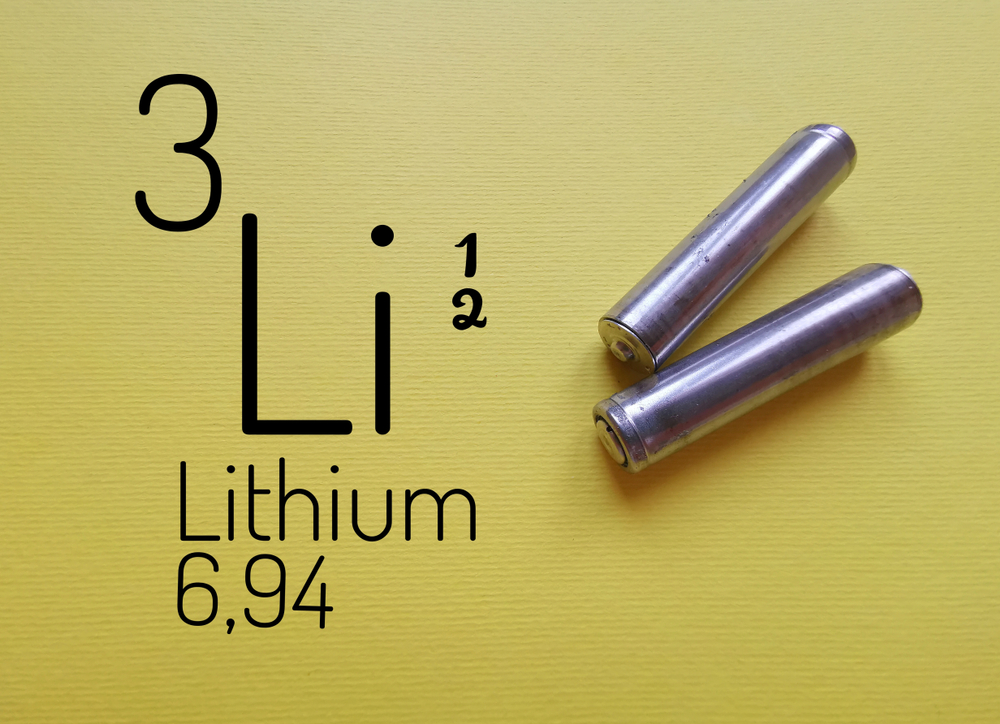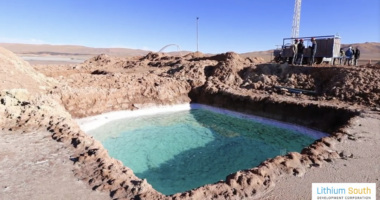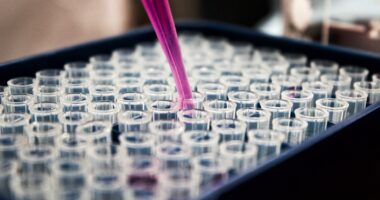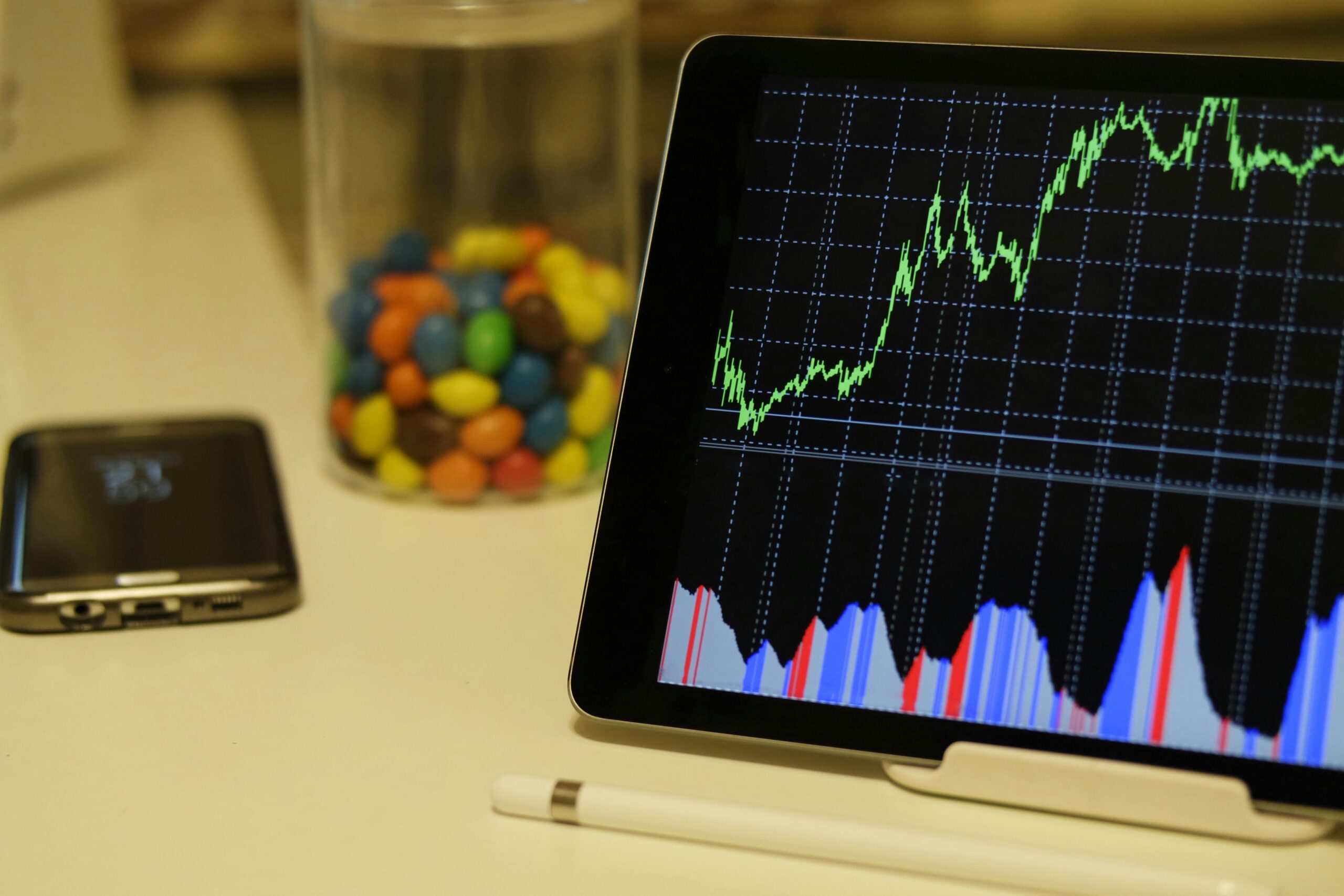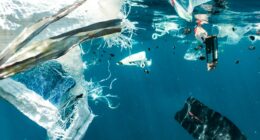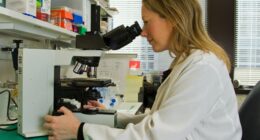Quality of the lithium brine is key to the choice.
The lithium mining industry was rocked earlier this summer when Lake Resources announced that its Kachi lithium project in Argentina would be delayed by several years while the cost of the project would be more than double the previous projection. Cost overruns and delays on the Kachi project are largely attributed to building a direct lithium extraction (DLE) facility on the site. Lake Resources’ shares fell significantly on the news, but the announcement spurred a larger discussion within the industry that still reverberates. The debate is centered around the choice of extraction methods, between the traditional use of evaporation ponds and the newer DLE methods such as SX, membranes and sorption process.
There is no single answer to the question, rather the choice is dictated by the nature of each individual resource and the permitting in the region. While the footprints of evaporative ponds might not be permitted in the western United States, they are accepted in the remote South American altiplano. Here we’ll dive into some of the considerations on each side of the debate, discussing why DLE may be more appropriate for some projects while evaporation may make sense for others. We’ll also highlight an interesting high-quality brine project in Argentina, the Hombre Muerto North property being developed by Lithium South Development Corporation (TSX-V: LIS) (OTCQB: LISMF).
Lithium Extraction Basics
The end goal in lithium mining is to produce battery-grade versions of the mineral, commonly in the form of lithium carbonate. Unfortunately, lithium doesn’t come out of the ground as lithium carbonate, and the steps required to get to that point are at the crux of the issue.
The quality of lithium brine in the ground is generally dependent on two measures: the concentration of lithium, and the concentration of contaminants, most prominently magnesium. These two data points naturally impact the decisions made about how to process the brine sufficiently to make battery-grade lithium carbonate. The higher the lithium concentration, and the lower the contaminant concentration, the less processing will be required to achieve the purity needed for the end product.
In terms of the DLE versus evaporation debate, it should be noted that both processes result in a lithium solution through different methods, before requiring the exact same steps to make the end product: lithium carbonate. The choice between the two paths is often dictated by the quality of the lithium brine in the ground.
The evaporation process is pretty straightforward. Lithium-bearing brine is pumped out of the ground and into evaporation pools, where nature takes over. Lithium brine in South America’s Lithium Triangle is found at a high elevation, in arid, desolate salt flats. The salty brine tends to evaporate well at this altitude. Evaporation has been used for many years and is proven and quantified. The capital expenditures are clearly defined. Once the brine resource is graded and qualified and the operation mapped out, the operating expenses are also known and fairly stable. With a high-quality brine resource, evaporation is probably the most logical course of action.
Lithium South’s HMN Li Project
DLE methods require a completely different approach to lithium extraction. Rather than waiting for the brine to evaporate, it utilizes adsorbents or resins to attach to the lithium molecules themselves within the brine. The brine is pumped to a processing facility where the adsorbents or resins are applied. The adsorbed lithium is then washed with an elution solution and further concentrated via osmosis and mechanical evaporation to reach the lithium solution stage. At that point, just like evaporation, the lithium solution is shipped to a processing facility to create battery-grade lithium carbonate.
Currently, the DLE methods are much more capital intensive than evaporation. They require significant investment in on-site facilities in both the building and the operating stage. Rather than relying primarily on free solar energy, DLE requires significant electricity to fuel the conversion. For lower quality brine resources, it may be the most direct and efficient way to make a lithium solution.
One big difference between the two methods is the recovery rate. Traditional evaporation techniques generally recover around 50% of the lithium contained in brine (depending on a number of factors including the quality of the brine resource). There are ways to maximize the efficiency of an evaporation process to reach perhaps 70 – 75% recovery rates. DLE methods generally recover in the neighborhood of 80 – 85% lithium contained in the brine.
The Hombre Muerto North Lithium Project
Lithium South’s Hombre Muerto North lithium (HMN Li) project is located in the very active Hombre Muerto salar in Argentina, populated by lithium production and extensive lithium project developments. The Lithium South properties are surrounded by both POSCO and what will become a new lithium company, the Livent Allkem merger. POSCO is investing US$4 billion to build out one of the world’s largest lithium production facilities. Livent has been producing lithium just south of the HMN Li project for decades, and now with the Allkem merger will be further developing the new salar area they will control.
Lithium South’s HMN Li project next to two leading lithium producers.
Lithium South is currently transitioning from the exploration stage to the development stage of its operation. In 2018, Lithium South (then called NRG Metals), drilled a measured and indicated resource of 571,000 tonnes of lithium carbonate equivalent on a portion of its holdings. In 2019, the company completed a Preliminary Economic Assessment (PEA) based on the known resource at the time. The PEA showed profitability over a 30-year mine life, assuming production capacity of 5,000 tonnes of lithium carbonate annually. The report was based on a 50% recovery rate and a US$11,400/tonne lithium price.
Since then, Lithium South has significantly expanded its drill program and is awaiting an updated resource estimate based on the new drill results. The company expects a significant expansion of its resource, considering that the original estimate covered about 14% of its salar-located claims while the new drilling increased the coverage to about 75% of its salar-located claims.
Following the pending resource update, Lithium South looks to update the PEA for the project. This PEA will reflect not only an updated resource but will also entail two new factors that could significantly impact the assessment: the greatly increased market price of lithium carbonate since 2019, and an enhanced recovery rate for the HMN Li project. The average market price for lithium carbonate in 2022 was in the neighborhood of US$37k/tonne, compared to the US$11.4k/tonne price used in the 2019 PEA.
Lithium South now believes it can increase the recovery rate from its evaporation operation from the 50% contemplated in the 2019 PEA to somewhere in the neighborhood of 70 – 75%. If the company is able to achieve this, representing an approximate 40- 50% increase in efficiency, the economics of the project would dramatically change. Combined with the greatly increased market price of lithium carbonate, the new analysis could look more robust than the previous one.
The Upshot
The lithium industry is in a period of incredible growth, with demand fueled by the electrification of automotive and other industries in response to concerns about emissions from fossil fuels. As a result, the investment calculus used to determine the viability of lithium projects has changed considerably. The introduction of DLE technology combined with the steep rise in the lithium market price has made some lower quality brine projects economically feasible where they may not have been previously considered viable.
Meanwhile, higher quality brine projects utilizing evaporation tend to look better than previously thought considering the unprecedented market for the product. There is no single answer to the question of how to meet skyrocketing lithium demand, but rather an all-of-the-above type of approach.
Keep an eye out for further developments from Lithium South on its promising HMN Li project. A pending revised resource estimate and an ensuing updated PEA could prove to be catalysts for the company as it steadily advances the project toward production. Stay tuned.
Disclaimer: TDM Financial is paid a fee of $ U.S. 7,000 per month by Lithium South Development Corp (LIS) for advertising consultation. TDM Financial produced this advertisement on behalf of LIS and as such it should be considered advertising. Nothing written in this advertisement is meant to facilitate a trade in the shares of LIS, and is not to be considered investment advice. This advertisement is published for information purposes only and the reader is encouraged to do his/her own due diligence regarding LIS.
This advertisement contains certain “forward-looking statements” within the meaning of Section 21E of the United States Securities and Exchange Act of 1934, as amended. Except for statements of historical fact relating to the Company, certain information contained herein constitutes forward-looking statements. Forward-looking statements are based upon opinions and estimates of management at the date the statements are made and are subject to a variety of risks and uncertainties and other factors which could cause actual results to differ materially from those projected in the forward-looking statements. The reader is cautioned not to place undue reliance on forward- looking statements. We seek safe harbor.
Mr. William Feyerabend, a Consulting Geologist and Qualified Person under National Instrument 43-101, participated in the production of this advertisement and approves of the technical and scientific disclosure contained herein.

